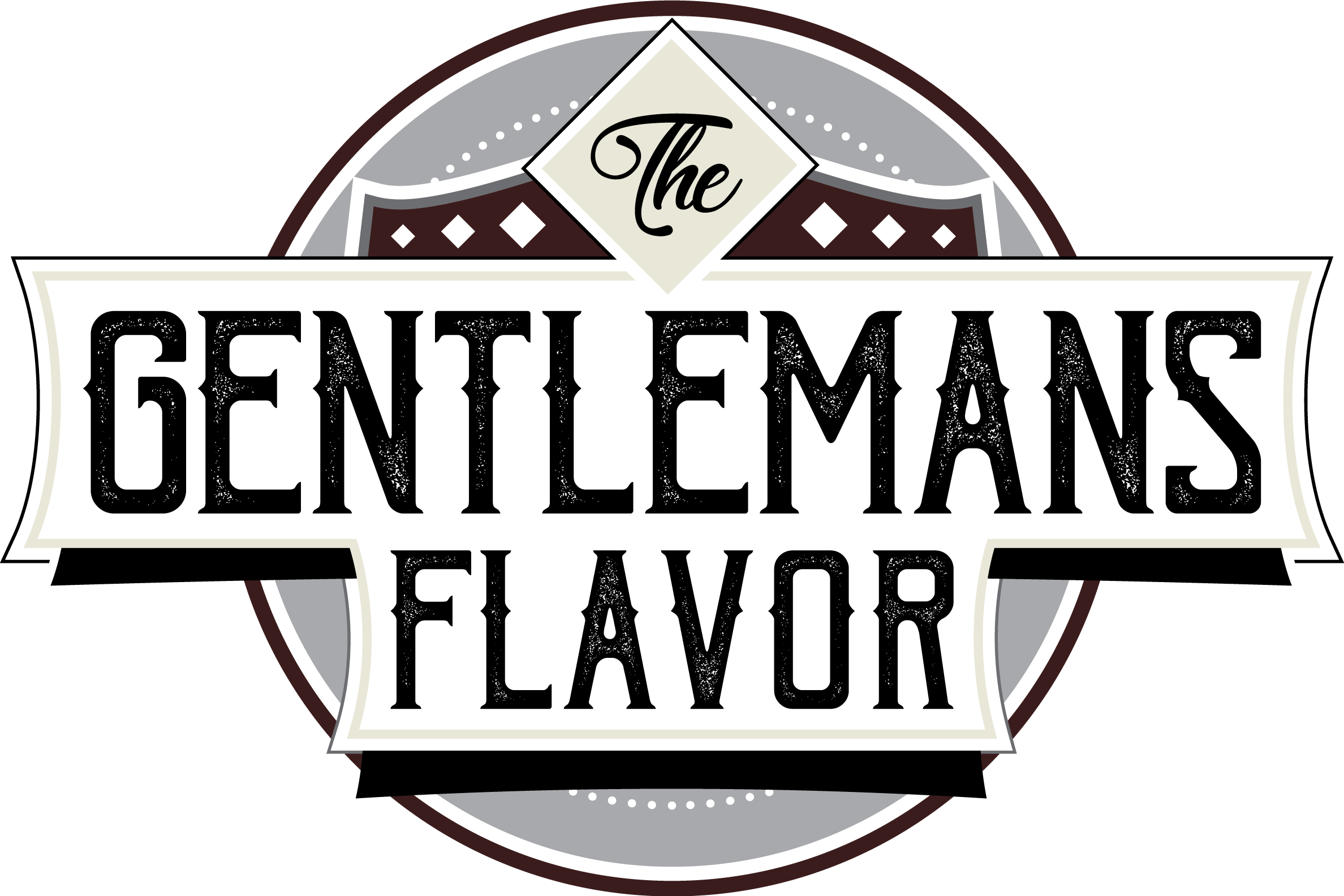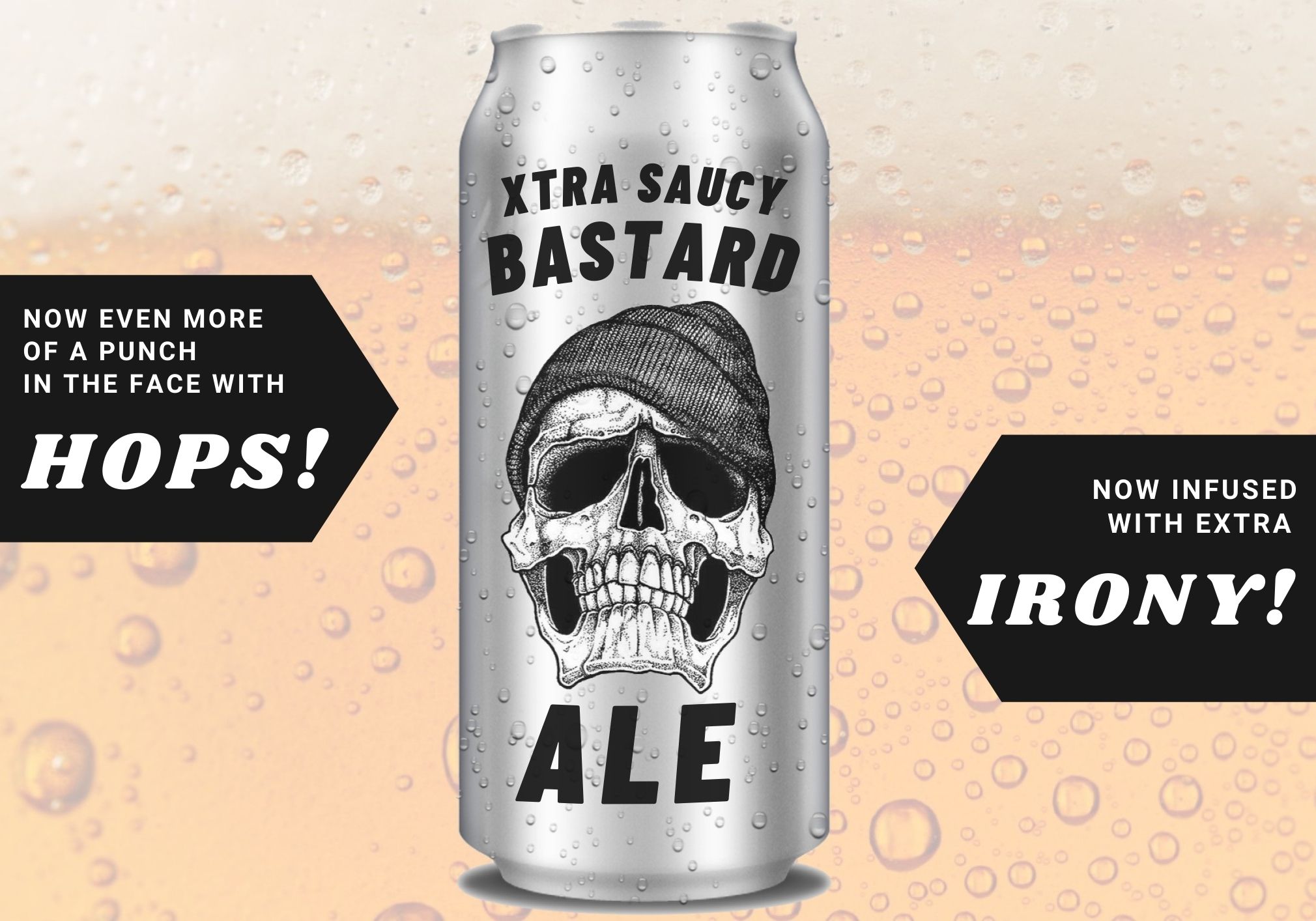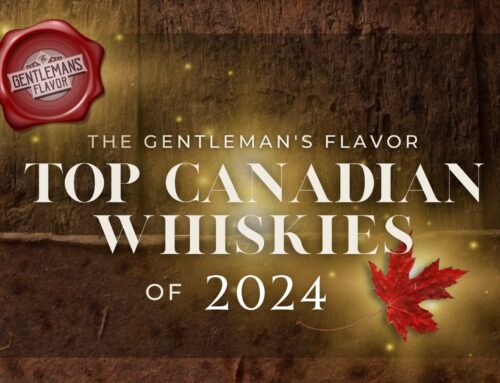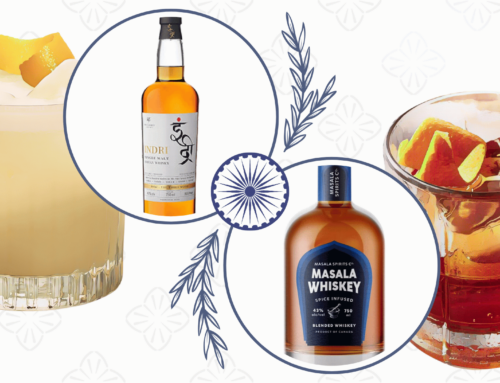These days, I find myself struggling when having to order a beer at a bar or restaurant. I find myself somewhat paralyzed by the sheer number of choices available at even the most humble of taverns.
I’m of an age where I can recall a time when the average bar simply had a couple of taps that featured mostly popular domestic options, as well as a selection of other domestic favourites in bottles. The few imported beers to be found were typically Corona, Heineken, and Guinness followed by maybe Stella or something from Holland (back when we called it “Holland”).
If you wanted something unique and interesting, you went to a place that sported many taps that had a selection of imported beers to try out differing types and regional specialties of beer.
Emergence Of The Brewpub and Microbrewery
I remember first encountering brewpubs and microbreweries somewhere in the mid nineties.
They were generally offering unique and one of kind products that were not readily available in the market at the time. Back then, large conglomerate brewers were not eager to make low volume, one off products without investing in big market research and extensive product testing.
This meant that the independent and local brewers were perfectly poised to capture a local market share. They did this with niche products that were available in limited quantities and at exclusive locations. I sampled quite a few of these products at the time. Though I found many of them quite interesting, I never really developed a serious taste for them, as I found most of them too in your face with flavours and often lacking in any form of subtly. It seemed that they were all kind of hell-bent on dialing the flavour knob up to eleven to make it an unbalanced taste overload of something extra hoppy.
You see, sometimes you just want a cold and refreshing beer on hot day after toiling in the yard, and that is exactly the time I’m not looking for a High Gravity IPA or Imperial Russian Stout. I want the watery and thirst quenching satisfaction of a Miller High Life. Sometimes, I simply want no real discernible tastes and no aftertaste.
Time Honored Beer Making
As I look back on my beer drinking history, I find I am mostly drawn to German lagers or wheat beers for their crisp smoothness. Thanks to their historical purity laws, their beers cannot be adulterated with the addition of non standard ingredients.
Thus there is a relative uniformity when it comes to flavours.
This is not to say that all German beers are the same – far from it. They’re able to create a wide variety of art using just the primary colours – so to speak. As many German brewers have have been brewing for a very long time, they’ve long since conducted the majority of their product testing way back within the nineteenth century, and have only really changed their production volumes rather than the products themselves as the years have passed by.
If you’ve been cranking out three different types of beer for over three hundred years, I’m guessing you likely know what you’re doing.

Fraulëins and Beer: A delightful combo
Next door to Germany, the Belgians have no such long-standing laws about what can be used in their brewing, and because of that, they have many more interesting beers with long history behind them. Belgian brewing has a long lasting tradition of being Trappist (read; religious institution-brewed). At the time of Lent, these Monks would often be fasting for forty days and nights, so they needed a beverage to keep the hunger at bay and calories up in a time long before Ensure and meal replacement shakes.
These Friars needed a beer that drank like meal, and so they concocted many high calorie, high gravity delights with a variety of flavours from sweet berry to funky sours.
Today these imported specialties come with a premium pricing to reflect the time, distance, scarcity and effort that is required to create them and get them to you.
I found that most of these brews were simply too in your face with flavours and often lacking in any form of subtly. It seemed that they were all kind of hell-bent on dialing the flavour knob up to eleven to make it an unbalanced taste overload of something extra hoppy.”
Craft Brewing: In It For The Long Haul?
This leads me to my next issue with craft brewers and the pricing of some of their products.
Of course I fully realize that economies of scale do not apply here because of their volumes. Raw materials are going be more expensive and they may also have to source rare and premium ingredients. Despite this however, they also do not have to spend nearly as much, if anything, on marketing and advertising. Many small brands do not even possess a physical location and simply outsource their brewing to other larger and more established brewers.
As they also do not do extensive product testing or research and do little to no advertising, why then am I paying so much more to drink some of these ‘experiments’?
At certain times I feel that more time and effort has gone into selecting the label and artwork on a bottle or can than has gone into the actual product inside. Slapping on a black label, including a skull within the artwork and having the word ‘Bastard’ placed somewhere within the name of the beer will likely result in selling enough to warrant brewing a few hectolitres I guess.
This brings me to my final issue, which is the sheer glut of indie, micro, and craft brews on the market currently. I can go into any of my local retailers and find multiple vanilla porters, chocolate stouts, sours, IPAs. These were once unique products aimed at an underserved area of the total market. Today they are mass market products themselves, and as a result truly unique new products may find it difficult to break into such an already crowded area.

A dizzying array of craft beers flood the market today
Corporate brewers have not allowed this market to go unnoticed either, and thus have invested in craft brews of their own or purchased them from successful independent brewers to give them a big national-level push. The original indie, micro and craft brewers like Samuel Adams, Anchor, Sierra Nevada, etc. have been squeezed out by the younger, hipper, edgy upstarts that all claim to be the next best thing and the biggest slap-in-the-face with hops.
Summary
As I age, I’m gaining more respect for timeless things that are unchanging and familiar. A good pair of thickly welted British shoes may not be as stylish as the suede Italian loafers, but you’ll have them forever if you maintain them. Though a can of Warsteiner is certainly not a modern art masterpiece, the contents within the can are timeless and comforting. For the countless new microbreweries out there, that’s a good lesson to be learned here: get the balance right.
So I ask then, will the hot new brewers who make the Xtra Saucy Bastard Ale still be in business in 2120?
Maybe they will, but somehow, I doubt it.
-Sean Douglass

Sean Douglass lives in Oakville, Ontario Canada.
He loves a cold beer on a hot day. Preferably one that hasn’t been infused with green tea.
He can be reached at info@thegentlemansflavor.com








